Menu
Opening Times - Mon to Fri: 9am to 5pm
Croatia’s capital Zagreb is formed of 17 districts and neighbourhoods, each offering a unique experience when it comes to what to do and where to stay. For those who only have a short amount of time in the capital, staying in the heart of Zagreb in somewhere like Donji Grad is a good option as you will be within walking distance of restaurants, bars and the main attractions and landmarks. For travelers who are returning to Zagreb, a neighbourhood like Kaptol is more desirable, offering a more local and authentic part of the city to explore, while still connected to the main areas.
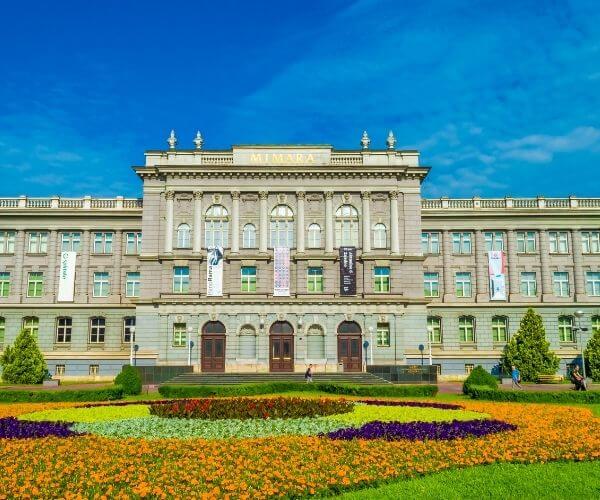
Also known as the “Lower Town”, Donji Grad is the most popular place to stay during your time in Zagreb. This is primarily due to its central location and main square. Here, you will find local walking tours congregating, tourists sampling the Croatian cuisine, and locals sipping coffee. It’s a central hub for most things going on in Zagreb. There is a huge choice of accommodation in Donji Grad. During the winter and festive period, this is one of the main areas where the famous Christmas markets will set up. You can walk the streets, lined with Christmas lights and local stalls showcasing the very best of Croatian art, food, wine, and culture. This is a great place to stay for a first-time visit to Zagreb.
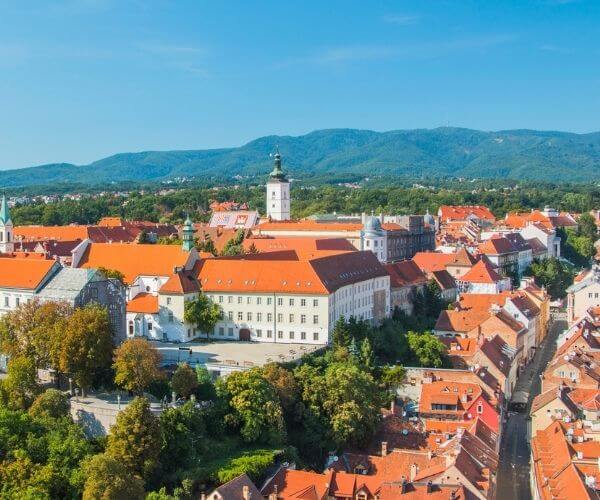
As you can probably guess, this is the “Upper Town” of Zagreb. Within walking distance of the Lower Town and other neighbourhoods in the capital, it is a good place to be for those who have already been to Zagreb previously. This is because it is just that little bit further out from the ‘hustle and bustle’ but still allows you to explore an interesting new area of Zagreb. Gradec is one of the oldest parts of Zagreb and although it has gentrified to some extent, there are still courtyards, streets and areas of the neighbourhood that feel very dated and unloved. That said, this is what makes it charming to some extent and for travelers who have already been to Zagreb, it’s a good option to unwrap some of Croatia’s history and Roman ties.
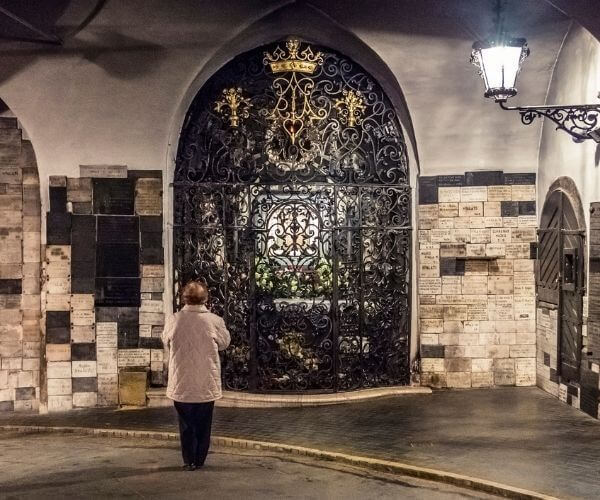
Up until 100 years ago, this area called Kaptol used to be its own city. In combination with the neighbourhood of Gradec, Kaptol makes up Zagreb’s Upper Town. Go back to the 15th and 16th century and Kaptol had defensive walls and towers around the town. Today, some of the medieval landmarks and architecture can be seen and visited, but much of it has been ruined in historic battles. The Stone Gate (also known as the Kamenita Vrata) is one of the remaining gates – connecting Kaptol to St Mark’s square.
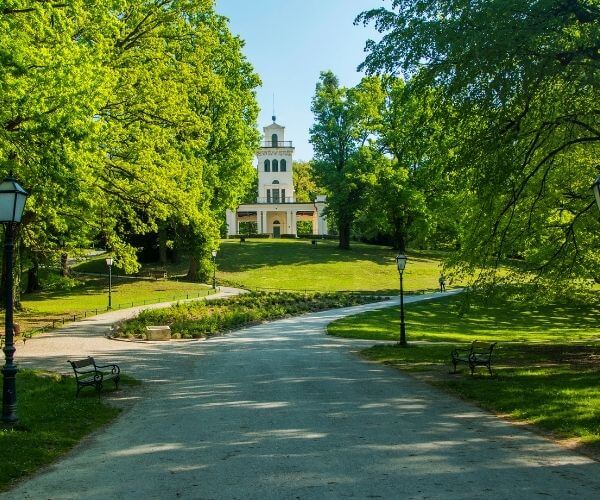
Maksimir neighbourhood is home to the beautiful Maksimir Park. Founded in 1794, the park has been regarded as one of the cleanest and most attractive when it comes to green spaces in Croatia. This area has also been put on the map because of the football stadium, built in 1912. With the increasing popularity with football in Croatia, this stadium attracts thousands of local supporters to watch the Dinamo Zagreb – the local and most successful football team in the country. In regard to the neighbourhood, it is mostly residential but offers a central location in Zagreb, so many hotels are found in this area.
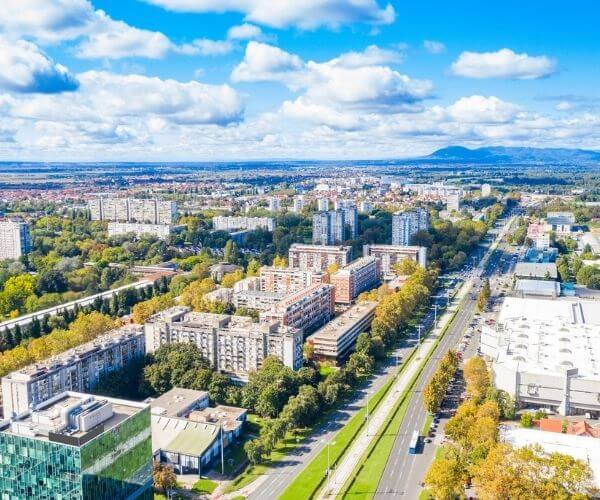
Novi Zagreb is often called the “New Zagreb” and, with a gentrification and a good network of transport and accommodation, it’s clear to see why. The neighbourhood feels a little disconnected to other areas in Split because it is separated by the Sava river. There are a few things to do here such as visiting the Museum of Contemporary Art, but most of the sightseeing itself is done in Zagreb Town itself. This area is more local so you will often see impromptu art galleries set up, flea markets or local street food being cooked and sold. It’s the most ‘local’ neighbourhood in Zagreb so if you want to stay somewhere with less tourists, this is a good option.
Yes, then get in touch today and our cruise experts will design you a unique itinerary based on your desires, plus all our insider trips to make sure your Croatian cruise is truly amazing